Prevent Dry Eye before it’s Permanent
Do you have dry eyes?
Chances are your eye doctor told you to use artificial tears. Like these ones:
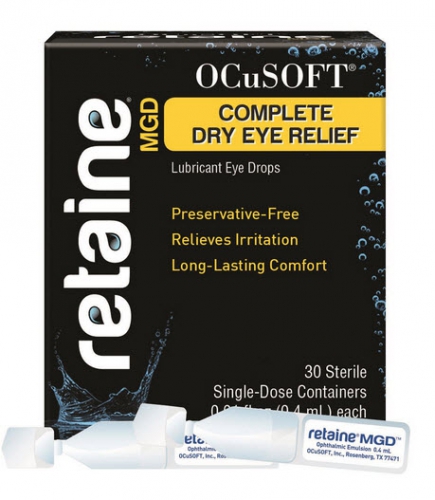
Retaine MGD
This is a great artificial tear because it has a high oil content, which makes it a good treatment for Meibomian Gland Dysfunction (MGD). It is also preservative free. Preservative free artificial tears can be used as often as you want. If it’s not preservative free, then you should only use it up to 4 times per day.
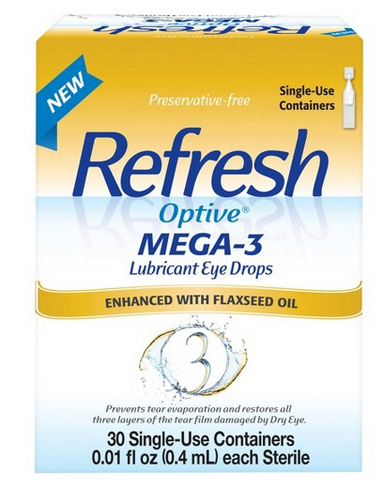
Refresh Optive MEGA 3
This is also preservative-free, and treats Meibomian Gland Dysfunction (MGD). It also has flaxseed oil which has omega-3 vitamins which also helps treat dry eye symptoms.
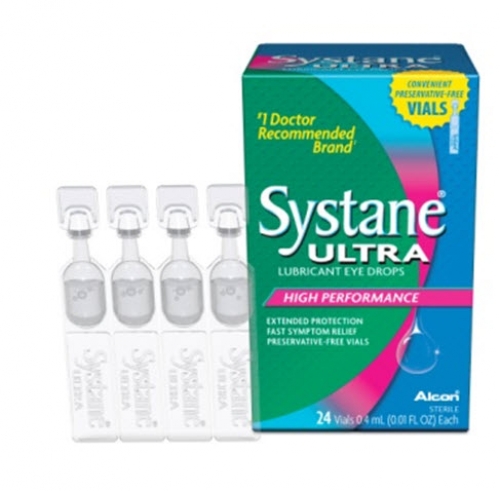
Systane Ultra
This is probably the most commonly prescribed and easiest to find artificial tear in pharmacies.
But what if I told you that these artificial tears only treat the symptoms of your dry eyes, but not the underlying cause?
To understand the underlying cause of dry eye, lets learn a little more about it.
Dry Eye 101: Dry Eye is more than an inconvenience. Dry Eye is a disease.
Many people suffer for years from the discomfort and pain of Dry Eye Disease. Most try various artificial to manage their disease, and while many of the Over-The-Counter products can provide relief, it is just temporary symptom relief.
Meibomian Gland Dysfunction (MGD) is a leading cause of Dry Eye Disease. Dry Eye Disease is rarely due to a lack of the watery part of your tears. 86% of dry eye patients have MGD.
What is Meibomian Gland Disfunction (MGD)?
Meibomian Gland Dysfunction is a progressive disease of the ocular surface. Long term, failure to treat MGD can lead to chronic discomfort and degradation of vision, significantly impacting quality of life.
Healthy Meibomian glands that line your upper and lower eyelids secrete oil with every blink. Your Meibomian glands produce the oily part of the tear film needed to protect the surface of your eye by preventing the evaporation of the watery part of your tears. When this function is not working well, your eyes will feel dry. Keeping the function and structure of your Meibomian glands healthy before you become symptomatic is key, as MGD progresses over time.
Here are some pictures of functional Meibomian glands that are secreting oils and nonfunctional Meibomian glands that are not secreting oils.

You know that saying: “If you don’t use it you lose it?”
Well that saying applies to your Meibomian glands. If they stop secreting oil regularly, they start the degenerate and disappear.
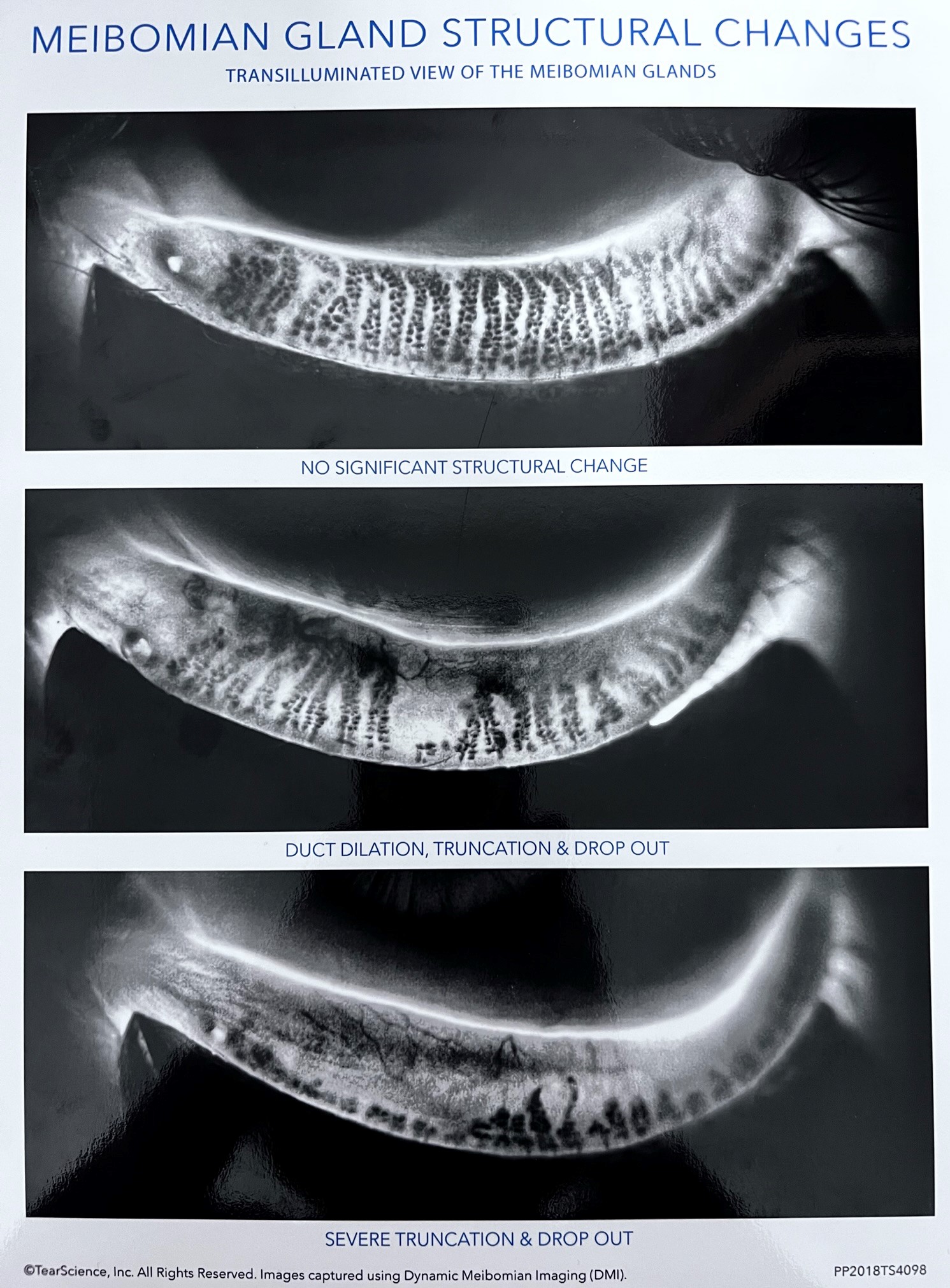

These are pictures of Meibomian glands under a transilluminated view and surface illumination view taken using Lipiscan Meibography.
When your Meibomian glands get clogged and stop working, they start to bend and widen (duct dilation). Then they shorten until they turn into little degenerated stubs (truncation). And then they disappear completely (dropout). Once all of your Meibomian glands have degenerated, you are completely dependent on artificial tears to lubricate your eyes. So you better get those preservative free artificial tears ready because you will most likely have to use them more than 4 times a day.
If you have dry eyes, you should definitely get Meibography regularly to look at your glands and make sure they aren’t degenerating. And if you think that you are too young for your Meibomian glands to be degenerating and that it’s something that only happens in old people, you are wrong! I have seen teenagers who already have degenerated Meibomian glands!
How did these teenagers already start losing their Meibomian glands? To answer that, lets go over the causes of MGD.
What causes MGD?
MGD is caused by anatomical changes in the Meibomian glands. If left untreated, MGD can become progressively worse over time.
Conditions that can contribute to MGD:

Can even kids have enough of these conditions to cause MGD?
Yes, they can. I have seen it in their Meibography images.
So how do you prevent MGD?
Preventative Eye Care Technique: Clean your eyelids! Wash your face!
- If you clean your eyelids twice a day like you brush your teeth then less dirt and debris and makeup and allergens will clog up your Meibomian glands.
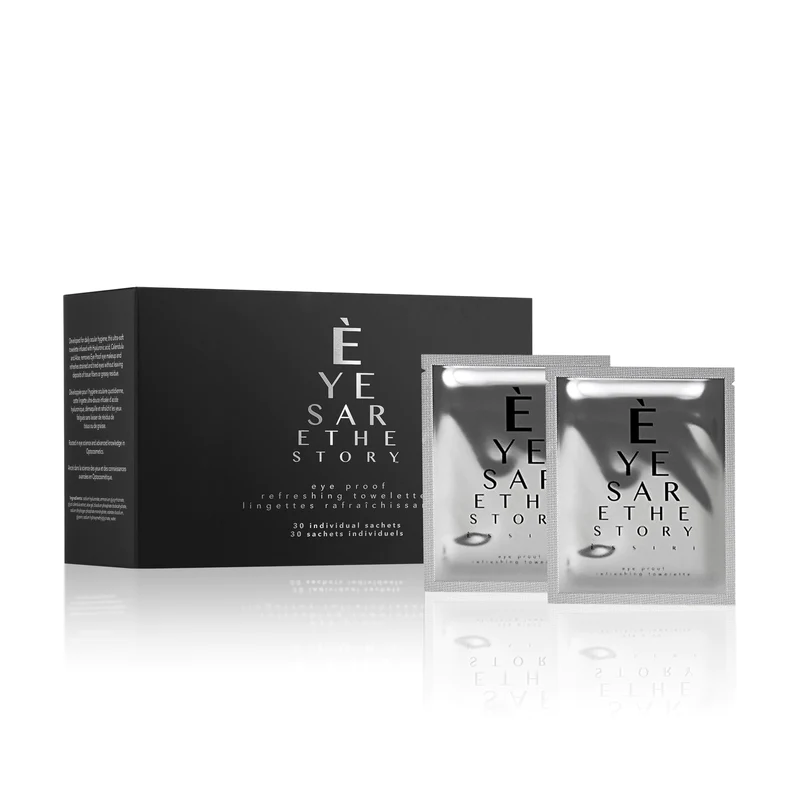
Lid Scrub
HOW TO USE
Wash your hands thoroughly and open the sachet for a moist wipe. Eyes closed, place the wipe over the eyelid and lashed and gently massage until the entire eye area is thoroughly cleansed. Use an individual wipe for each eye to avoid cross-contamination. For best results, follow with Eye Proof Facial Cleanser.
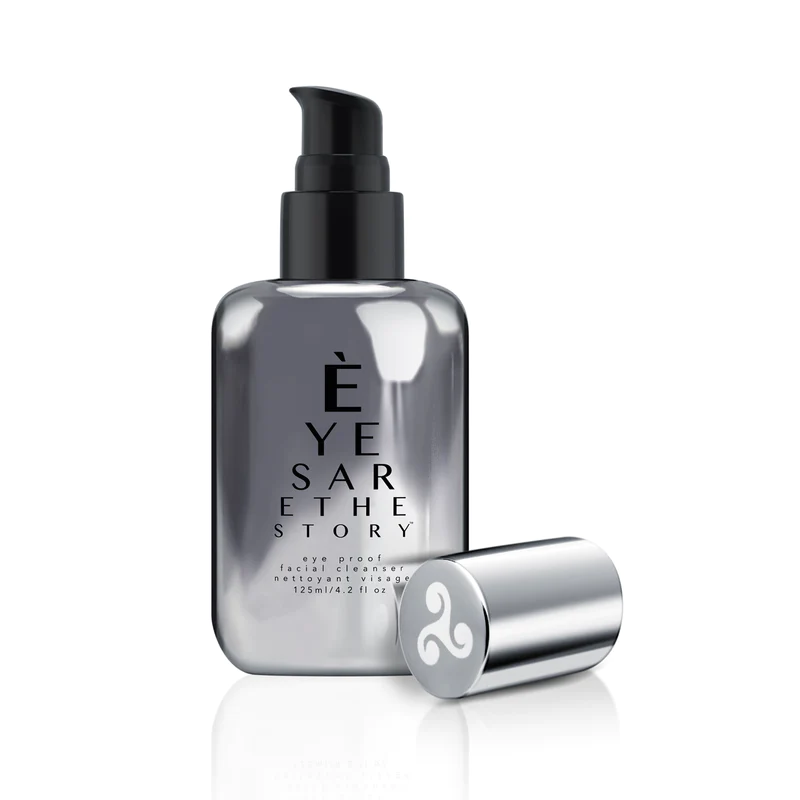
Facial Cleanser
HOW TO USE
With eyes closed, apply 2-3 pumps of cleansing gel to damp skin with fingertips or sponge, using circular motion. Rinse thoroughly with warm water.
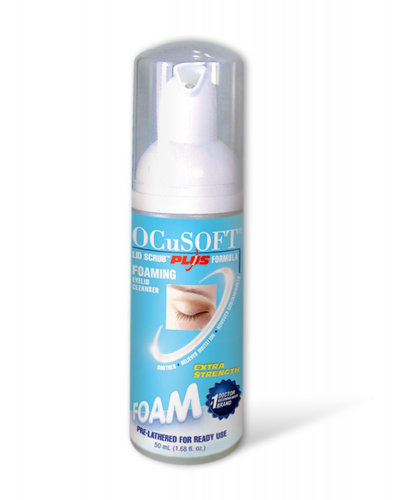
Ocusoft Lid Scrub Plus Foaming Eyelid Cleanser
I like to put a foaming eyelid cleanser on a washcloth and use it to clean my eyelids every morning and night. I like the Ocusoft Plus formula better than the Ocusoft Original formula because it is leave on so you don’t have to wash it off.
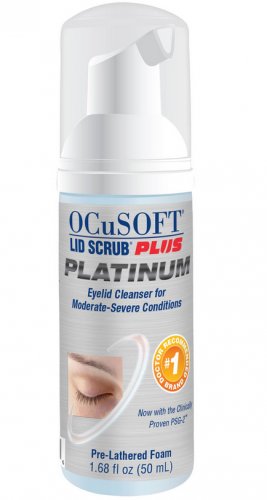
Ocusoft Lid Scrub Plus Platinum
This is the extra-strength version of the Ocusoft Plus and has added anti-inflammatory properties.
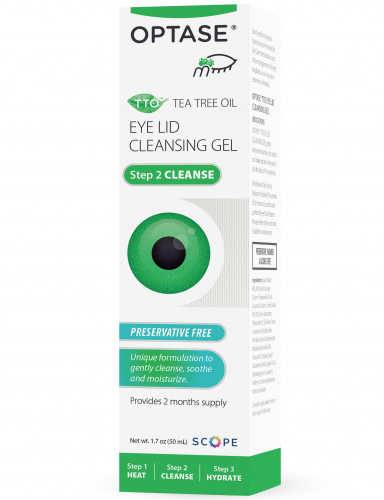
Optase TTO Eyelid cleansing gel
This cleanser has Tea Tree Oil which kills Demodex and Pro-Vitamin B5 which has anti-inflammatory properties.
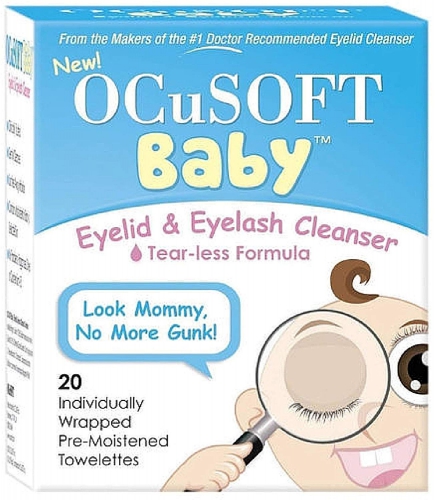
Ocusoft Baby: Best for Sensitive Eyes
Surprisingly, this is the patient favorite. A lot of my patients have really sensitive eyelids and feel that a lot of the other cleansers are too strong. Ocusoft baby is the best for sensitive eyes, and can be used by adults as well as babies.
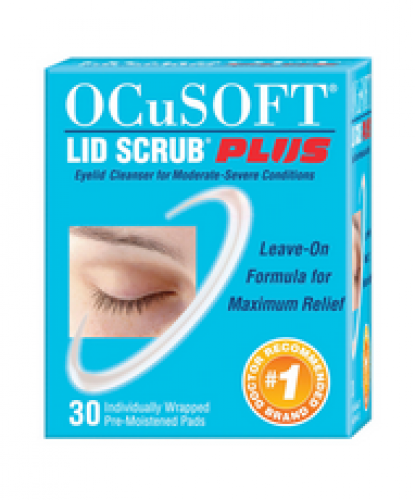
Ocusoft Lid Scrub Plus
Most commonly used and easiest to find in pharmacies. Again, I prefer the Ocusoft Plus leave on formula over the Ocusoft original formula which you have to wash off.
Preventative Eye Care Technique: Warm Compresses
Warm compresses heat up your Meibomian Glands to liquify all the oil inside so that it comes out of the glands easier.
Preventative Eye Care Technique: Lipiflow
For patients with MGD, Johnson and Johnson’s LipiFlow Treatment significantly improves gland secretions and ocular surface symptoms including dry eye and less frequent or blurry vision.
- The treatment is a non-invasive procedure performed in the comfort of your doctor’s office, only takes 12 minutes and can have long-lasting results
- After initial anesthetic drops, no drugs required for Lipiflow treatment
- Long-lasting results—many can see the continued benefit up to 12 months
- 400,000 treatments worldwide—and growing
Just 1 treatment increases mean gland secretion 3-fold and reduces more than 50% dry eye symptoms.
Treatment also increased patient comfortable contact lens wear time by approximately 4 hours on average per day.
Lipiflow treatment prior to cataract surgery improves mean dry eye symptoms and vision-related function scores post-surgery.
This is what the treatment looks like. Basically, I put an applicator on your lids that heats the lids up to 108 degrees and then squeezes everything out of your Meibomian Glands, essentially giving you a clean slate of unclogged glands to work with. This prevents the glands from degenerating from being clogged for too long.

Preventative Eye Care Technique: IPL aka Intense Pulsed Light
IPL can kill demodex and bacteria, and is also one of the best treatments for dry eyes. It stimulates your Meibomian glands to secrete more meibum to lubricate and protect your eyes. I have been collecting IPL devices for years and finally splurged on the most effective and technologically advanced one: Optilight by Lumenis, which I put in my Newton practice.
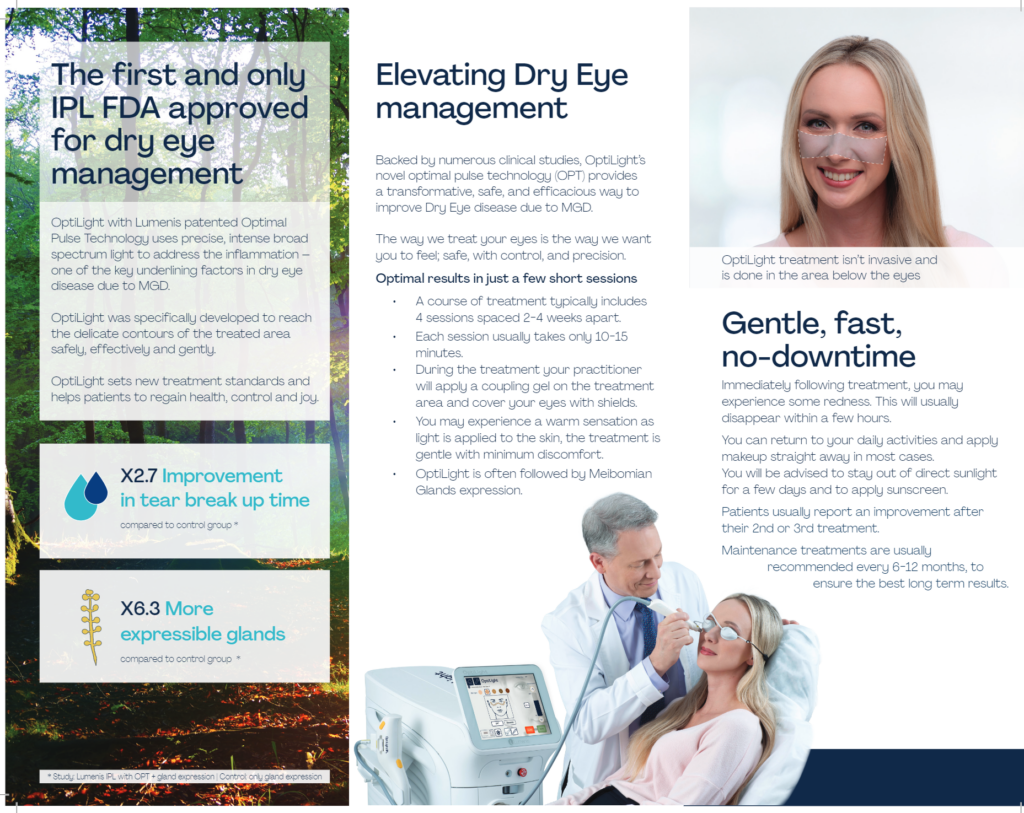
Here is a very informative video about IPL: Eyes On Eyecare IPL Video.
According to my Lumenis rep, the only side effect is that is also gets rid of wrinkles. IPL is also used by dermatologists to get rid of wrinkles, dark spots, skin lesions, tattoos and unwanted hair. Dr. Rocha and I have practiced doing IPL treatments on each other and have seen great results. I have also been know to IPL myself when my eyes feel dry from staring at my computer for too long. It feels like a spa treatment for your eyes. After the treatment, when I blink I can actually feel my eyes wetting and it feels amazing.
How I prevent my own Meibomian glands from degenerating:
I suffer from dry eyes myself (probably from staring at my computer too much) and have tried every treatment I could find. This was my dry eye journey:
In 2018, Johnson and Johnson invited me to their Jacksonville Florida headquarters to show me all the cool new innovations they’ve been working on for the eye care industry. They invited me and a bunch of other eye doctors that they dubbed young innovators, including Dr. Jennifer Tsai, who has like over 200,000 instagram followers (#eyedoctorgoals) and is one of several famous eye doctor influencers that I found out existed during the conference by being paired with them and then following them on social media.
Anyways, when we paired up and performed Lipiscan meibography on each other, I found out that my Meibomian glands were shot. I have MGD! My glands are pretty much all shorter than they should be. I blame all the studying I had to do in optometry school. Ok I’m addicted to screens. Writing this blog is probably not helping.
When you stare at a screen all day, like I do, you don’t blink as much, which doesn’t stimulate your Meibomian glands as much, which causes them to stop working and degenerate and give you dry eye symptoms. So I try to take visual breaks every 20 minutes to blink until I feel my eyes wetting, and also to look 20 feet away for 20 seconds to prevent digital eye strain.
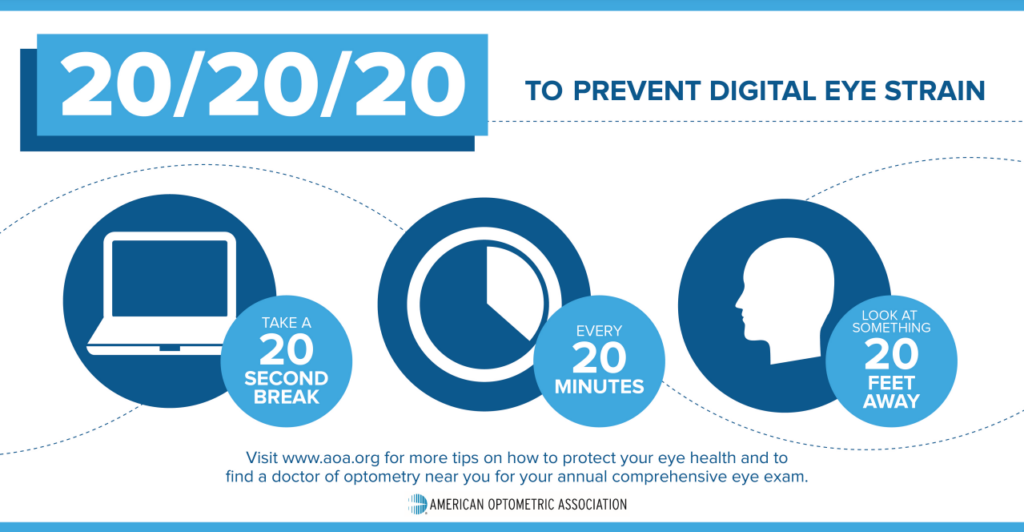
Anyways, I bought Johnson and Johnson’s Lipiscan meibography machine and Lipiflow MGD treatment machine in 2018 after I had my glands imaged for the first time in Jacksonville. So that I could do it on myself.
And other people.
But mostly myself.
I actually didn’t use my Lipiscan and Lipiflow that much in 2018, and almost regretting buying it because I was barely using it on anyone other than myself.
But then the COVID-19 pandemic hit and everyone started staring at screens more and then the dry eye patients just started pouring in.
Patient’s who I had previously seen once a year started coming in every other week with dry eyes, burning, itching, redness, recurrent styes…
And by then I had accumulated not just the Lipiscan and Lipiflow, but a BlephEx, 6 different types of dry eye masks, 5 IPL machines including the Lumenis Optilight, my new favorite toy, and every type of eyelid cleanser and lid scrub wipe that I could find. So I was well prepared for the onslaught of dry eye patients that started during the pandemic.
And those dry eye patients were overwhelmed with the amount of information I gave them about dry eye and MGD.
Evidently no one has ever heard of MGD before.
So I decided to write this blog post to share my extensive research on the subject, which is largely based on my own personal struggles with dry eye and MGD, which I also feel has gotten worse since the COVID-19 pandemic. In 2018 when I found out I had MGD I was surprised because I didn’t think I had any dry eye symptoms. But now I feel the dryness. I think wearing a mask all day at work dries out my eyes more because I am constantly breathing into my eyes, which can’t be good for my already clogged Meibomian glands.
What treats my dry eye symptoms the best?
Lipiflow and IPL. My dry eyes yearn for my next Lipiflow and IPL treatment. Lipiflow gets rid of obstructions in the glands and unclogs them, while IPL gets rid of underlying inflammatory processes. They actually work really well together. IPL also gets rid of wrinkles and dark spots and makes my skin look really nice. My dry eye patients often ask if I can IPL a wrinkle or spot on their skin while I’m doing IPL on their Meibomian glands and I will do it. The same wavelength that I use to stimulate Meibomian glands also gets rid of red, inflamed scaly patches on the skin, almost instantly. I’ve been reading a lot of research on IPL and one of the underlying causes of MGD is inflammation, which IPL treats. IPL was originally used by dermatologists to treat acne and rosacea and inflammatory skin conditions. And those treatments use the same wavelength of intense pulsed light as the dry eye treatment. IPL treats the underlying inflammatory cause of MGD, which is the underlying cause of dry eye. And Lipiflow melts and squeezes out any obstructions in the meibomian glands. Both are highly effective preventative eye care techniques for both meibomian gland dysfunction and dry eye syndrome!
References
REFERENCES:
1. Craig JP, et al. TFOS DEWS II Definition and Classification Report. Ocul Surf. 2017 Jul; 15(3): 276-283
2. Lemp MA, Crews LA, Bron AJ, Foulks GN, Sullivan BD. Distribution of aqueous-deficient and evaporative dry eye in a clinic-based patient cohort: a retrospective study. Cornea. 2012;31(5):472-478.
3. Xiao J et al. Functional and Morphological Evaluation of Meibomian Glands in the Assessment of Meibomian Gland Dysfunction Subtype and severity. Am J Ophthalmol. 2020;209:160-67.; Geerling G et al. Emerging strategies for the diagnosis and treatment of meibomian gland dysfunction – Proceedings of the OCEAN group meeting. The Ocular Surface. 2017;15:179-92; Ye F,at el. Objective assessment of tear-film quality dynamics in patients with meibomian gland dysfunction and aqueous-deficient dry eye optical quality changes in different dry eye subtypes. Indian Journal of Ophthalmology. 2019;67(5):599-603
4. Lane SS et al. A New System, the TearScience® LipiFlow®, for the Treatment of Meibomian Gland Dysfunction (MGD). Cornea. 2012;31(4):396-404. For illustrative purposes only. This content is presented for educational purposes only. JJSV Surgical Vision, Inc. does not engage in the practice of medicine and any clinical tips within this content are not a substitute for appropriate medical education and training or for the exercise of independent medical judgment. Each medical situation should be considered unique to each patient and all treatments individualized accordingly based on the respective physician’s medical judgment. JJSV Surgical Vision, Inc. does not (1) warranty the accuracy or completeness of any of the clinical tips, or (2) endorse or recommend any technique.
5. Blackie CA, Coleman CA, Holland EJ. The sustained effect (12 months) of a single-dose vectored thermal pulsation procedure for meibomian gland dysfunction and evaporative dry eye. Clin Ophthalmol. 2016; 10: 1385-1396
6. TearScience® LipiFlow® IFU United States
7. Data on file.
8. Blackie CA et al. The sustained effect (12 months) of a single-dose vectored thermal pulsation procedure for meibomian gland dysfunction and evaporative dry eye. Clin Ophthalmol. 2016; 10: 1385-1396.
9. Blackie CA, et al. A single vectored thermal pulsation treatment for meibomian gland dysfunction increases mean comfortable contact lens wearing time by approximately 4 hours per day. Clin Ophthalmol. 2018;12:169-183.
10. Data on file, 2018 (NCT01808560). Pilot study for treatment of meibomian gland dysfunction (MGD) prior to cataract surgery. Accessed from: https://clinicaltrials.gov/show/NCT1808560.
Leave a reply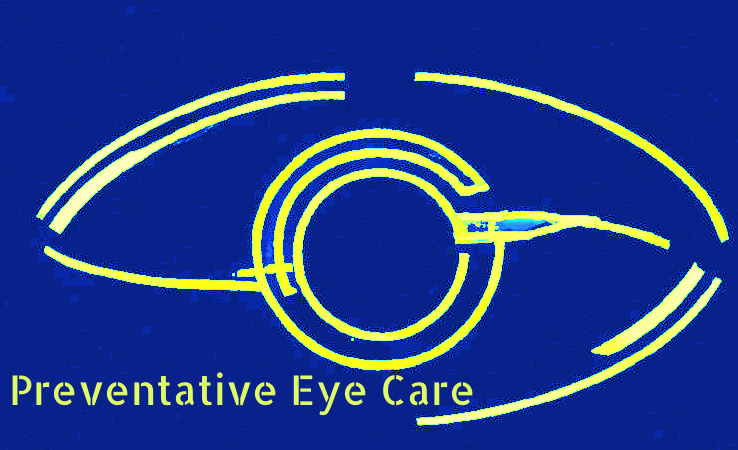

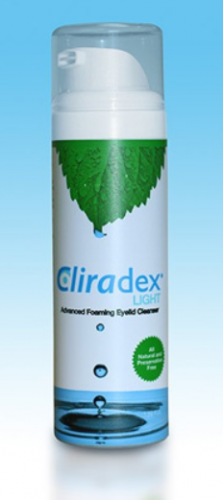
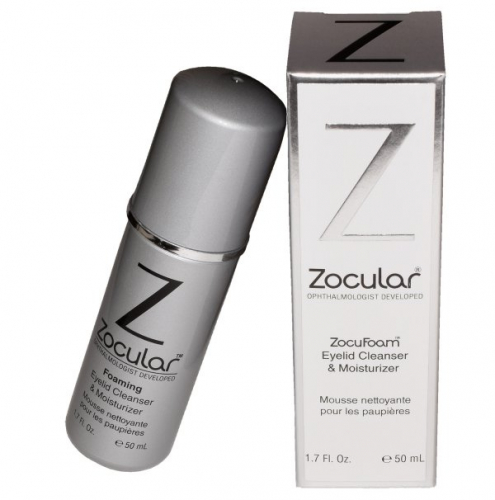


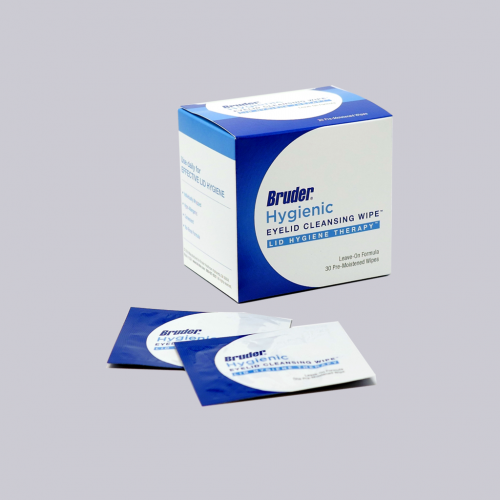
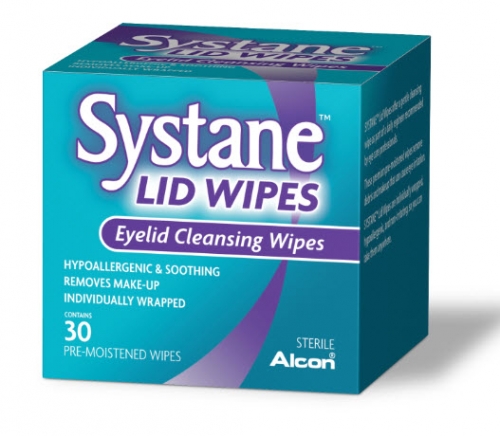
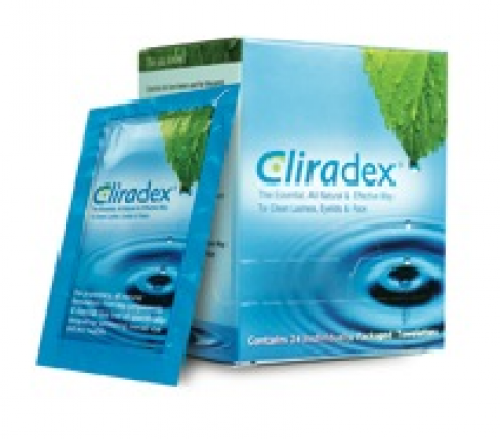
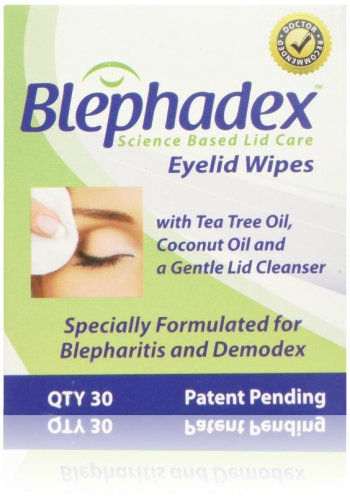
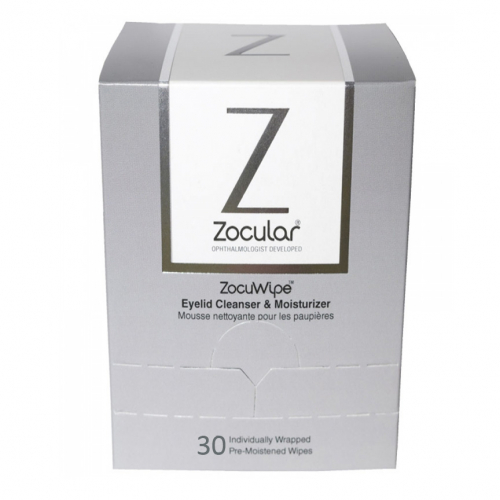

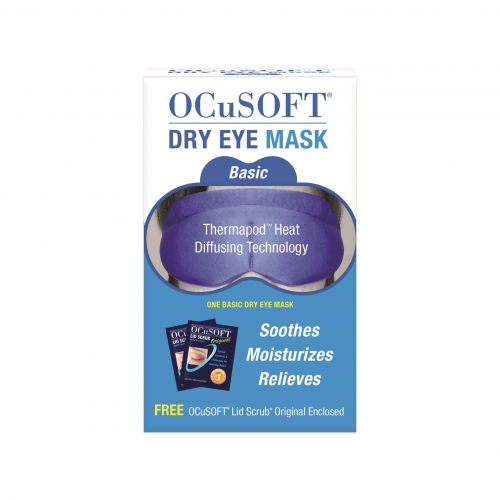
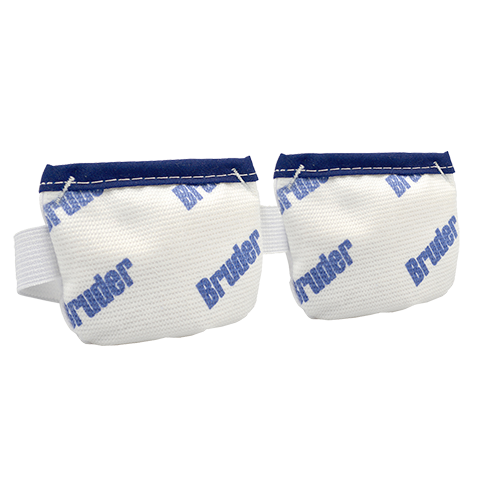




Thanks for the reminder that dry eyes can get a lot worse over time. I’d like to find a good dry eye care service soon because I’m thinking about buying new glasses with better protection from radiation from screen. That will be the best time to also address my dry eye problems.
Reply